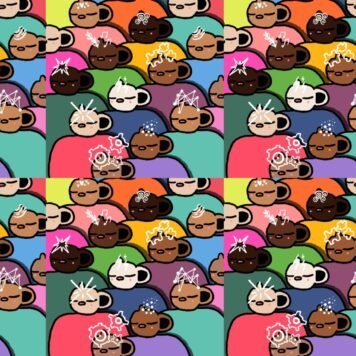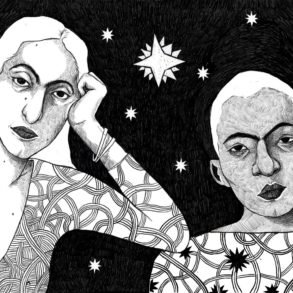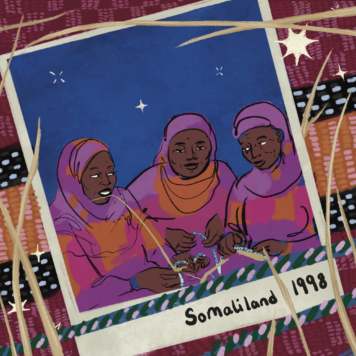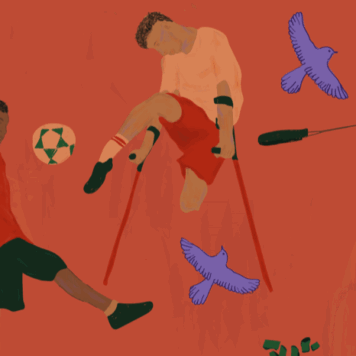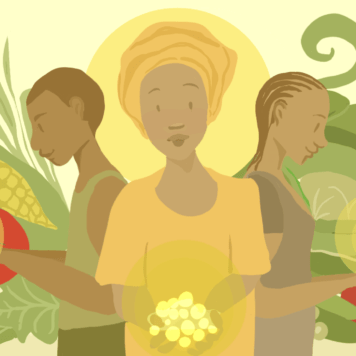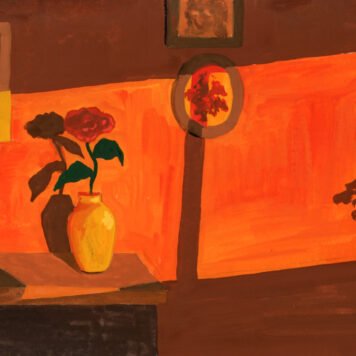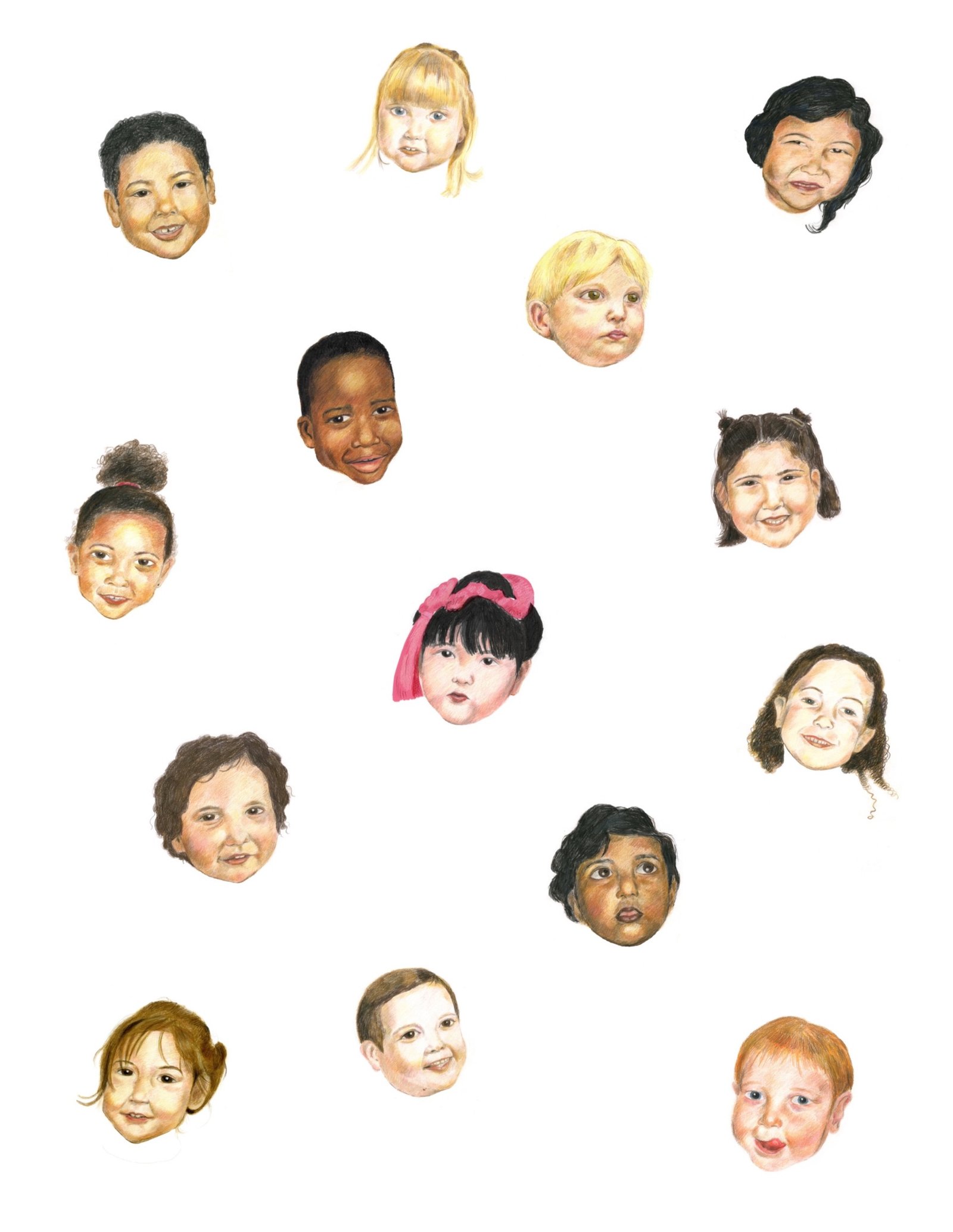
According to a study carried out by The Guardian last year, only 1% of children’s books in the UK feature a BAME protagonist. shado spoke to three women who are working within the field in different capacities to address this lack of BAME representation and reshape the future of children’s literature: illustrator Javie Huxley, bookseller Khadija Osman who is about to open the inclusive Round Table Books bookshop in Brixton, and Singapore-based children’s author Eva Wong Nava.
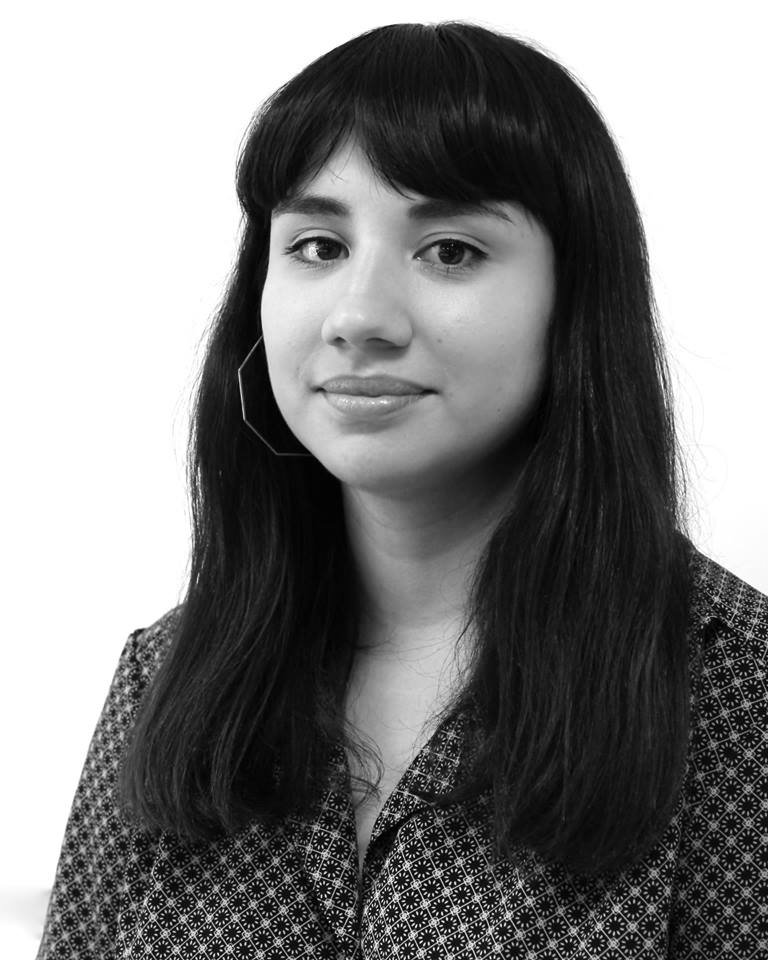
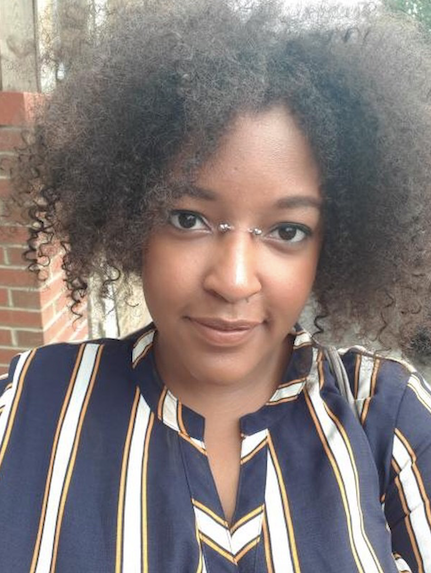
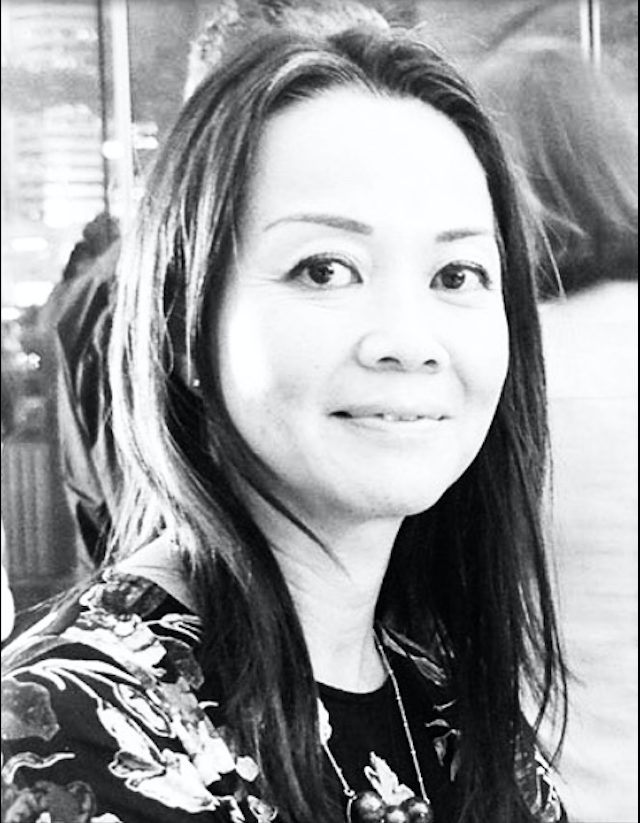
What are the effects of the lack of BAME representation in children’s literature?
Javie Huxley: I think representation, or the lack of it, can completely define your ideas of self-worth as a child. When you fail to see your reflection, it’s easy to feel isolated or as if your story is unimportant. No child should feel this way as it can have a domino effect on the rest of their life. Rudine Sims Bishop (2012) wonderfully said, ‘children have a right to books that reflect their own images and books that open less familiar worlds to them’ (p.9). I really agree with this idea of reflection/exposure and will continue to push for BAME visibility. Creators must realise diversity is an active choice that has to be made and continue to make this choice. Children are at an impressionable stage in their lives, so we must start diversifying literature from board books onwards.
Khadija Osman: We know that seeing ourselves in literature is important, from envisioning our own futures to who you get to play as at Break Time, children need role models who look and feel like them. But when we look to non-BAME children, I think BAME representation holds a lot of importance there too. It can help lower playground bullying by normalising cultural behaviours or skin tones and educate a child on a global community from an insular local touchstone. The library or the bookshop down the road can become a fount of socially-charged knowledge if well equipped. So if they’re not well equipped, they become a bit of a weapon to slow down social change.
Eva Wong Nava: The lack of BAME representation in children’s books means that Black/Asian/Minority Ethnic children are not are able to see themselves represented in the pages of books. All children should be able to see themselves mirrored in the pages of books. They ought to be able to find books where their experiences as children of colour/ethnic minority are reflected, and as a result feel their experiences validated.
More diversity in children’s fiction or stories would mean that BAME children are able to feel included in the country that they were born in or came to live in for various reasons, specifically in England, where the lack of BAME representation is starking. Adding another layer of diversity – special needs – would include children of minority ethnic parentage with special needs on the bookshelves. More diversity in children’s fiction would also mean that the perceived threat of danger in ‘otherness’ would lessen as the rest of the children in the U.K. and the world come to read about and understand diverse and different ways of living and being, and come to see that society is varied and multi-layered. The ultimate result of this is an increase in the level of self-esteem as BAME children read and follow the adventures of children like them in the pages books.
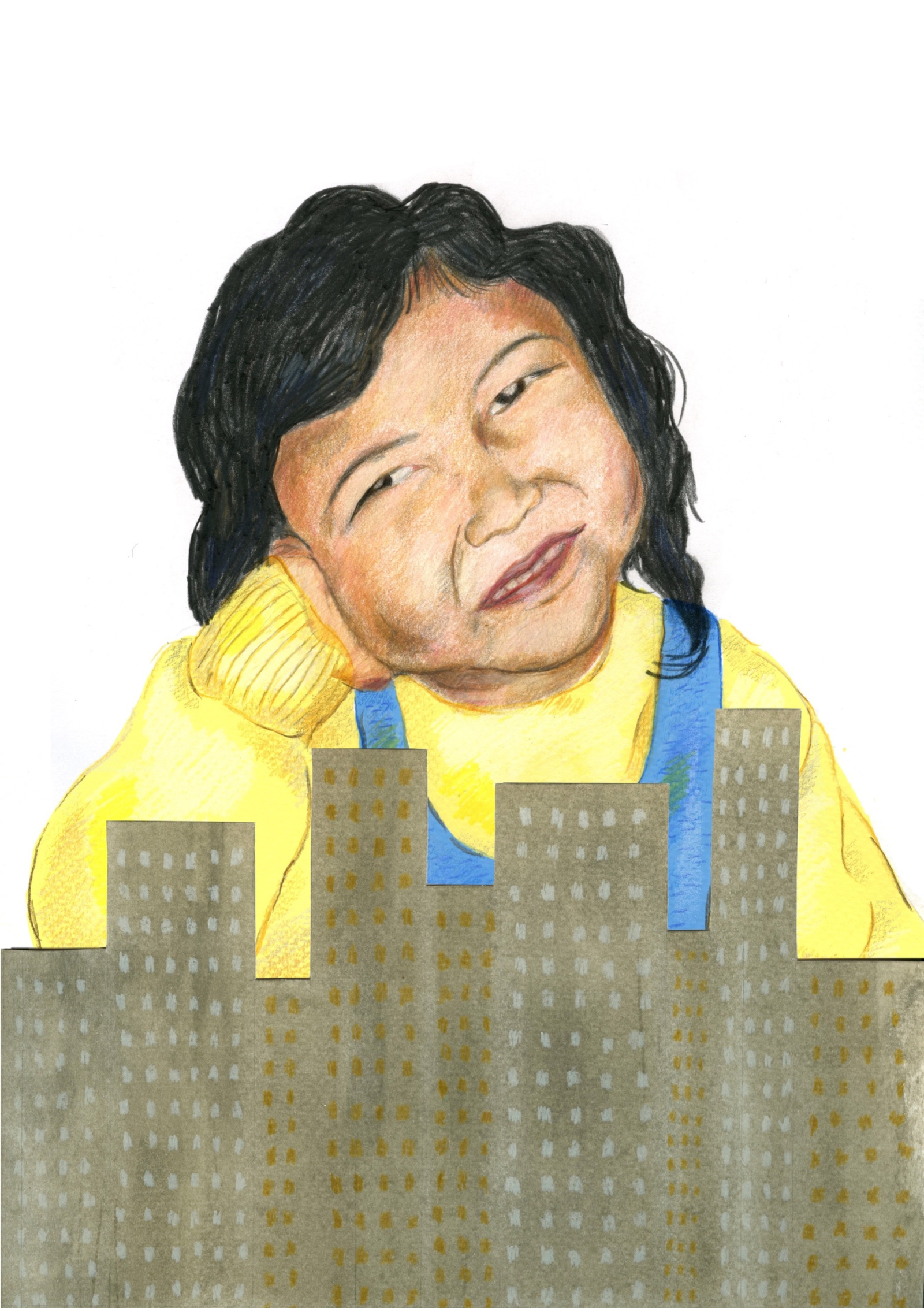
How have your own experiences as a child/growing up influenced your aims and motivations?
Javie Huxley: I found growing up British-Chilean tough, I felt like I wasn’t fully either side of my identity. I shunned my Chilean roots for a long time, but never felt fully ‘British’ either. In a predominantly white town people were quick to point out my ethnic appearance and question my Britishness, which was confusing. I felt fitting in with the white side of my identity came at the expense of my Chilean one. What I now find clear with hindsight is that seeing myself reflected in the media and literature around me would have had such a positive impact on my identity, and probably would’ve instilled more pride over my ambiguousness. Now I’m at peace with the idea that identity can be fluid, but I would hate to know any child felt books were inaccessible to them on the grounds of ethnicity, gender, sexuality or whatever else is an essential part of them. For this reason, I will always create art for those that are underrepresented, partly because it addresses what I lacked as I child. We all deserve to see our reflections in the world around us!
Khadija Osman: I think back to Debbie Hemlock, the main love interest of the Darren Shan series, a lot. She was a young dark-skinned girl who joined the boys as a fun rapscallion, sneaking out from her parents house to meet a strange pale boy who hung around an abbattoir. I read over the passage explaining her looks in awe as a child. Debbie was the first girl I remember knowing was BAME in a book. When she shared her first kiss I remember my heart soaring, and hearing Darren describe her dark skin as beautiful made me feel feelings I couldn’t explain. I wanted to find the romance stupid, as I was nine and very much against such thing, but every scene she had made me care about her more. I just want to help another little girl to have that same reaction one day. Hopefully she’ll find something to give her that in my shop.
Eva Wong Nava: When I was growing up, my reading diet consisted only of books that told stories of a people and culture – English and North American – that I had no real experience of nor attachment to. They were good stories and I felt for the characters as I devoured these books but I always felt something missing in these stories I grew up with. As an East Asian growing up in Singapore and England, the stories that I read as a child did not reflect my worldview/experience nor my interiority. I often wondered where the other East Asian or ethnic minority children were. As I write this, I will say that I was a child a long time ago and at that time, I didn’t always question my identity. I knew who I was and I knew that the diet of books fed to me by my teachers and parents were those that were available at the time. I also understood that Enid Blyton and Beatrix Potter could never write stories that represented my world and culture. I read their books fervently which fed my hungry imagination for escapism because they opened a door to another world. As I grew up and older, books by non-white writers writing in English became available and I read these feverishly, making up for the lack in my childhood.
When my bi-racial daughters were born, I began searching for books that featured children of mixed-race (Chinese/European) parentage like them but was disappointed when I couldn’t find any. This led to the writing of my debut middle-grade book featuring a cast of characters that reflected the multicultural world of Singapore in which my daughters are living. An important secondary character is of Chinese/Caucasian lineage, the rest represent the racial mix in Singapore’s society (and I would also say of the world’s). The book was set in Singapore because this is where my family is based at the moment but it is a book that could also be read by children all over the world because of its subject matter – my protagonist is an autistic boy of Chinese lineage – which introduces another form of diversity – special needs – into children’s fiction that is also underrepresented in the slush of books published by both independent and mainstream publishing houses.
I am pleased to say that this book went on to win The Moonbeam Children’s Books Award in 2018, shortly after it was published.
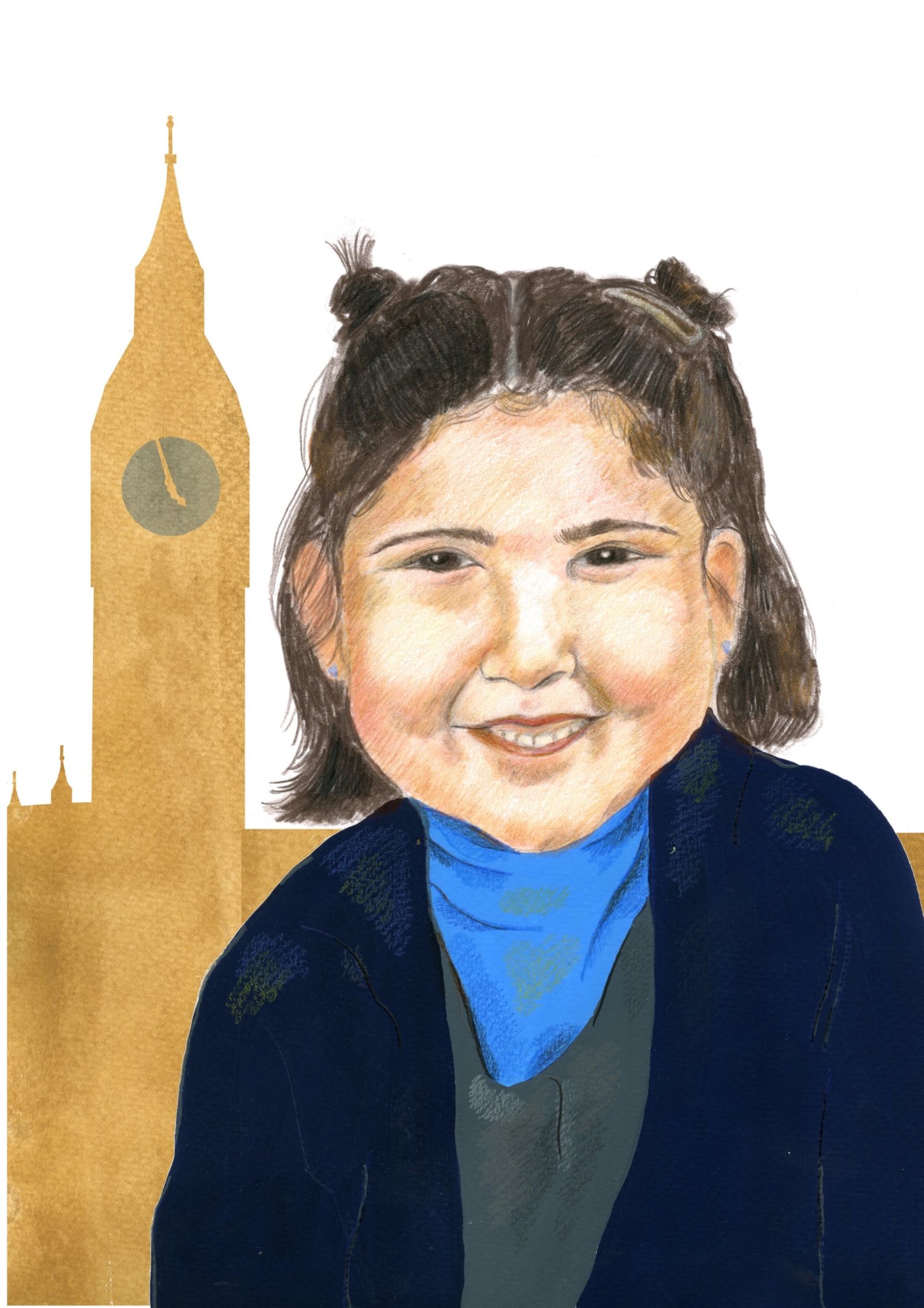

Can you explain a bit more about your own processes and how each of you are promoting diversity and inclusion in your own work? (Javie, through illustration, Eva through your writing and Khadija in creating spaces and book shops where this inclusion is represented)
Javie Huxley: I did a Masters at Goldsmiths in Children’s Literature: Children’s Illustration. I loved the idea that I could have a positive impact on children through literature. For our final project we had to create a children’s book and I wanted my picturebook to be a direct response to the lack of representation I had faced. I felt so strongly about making a book that addressed social justice and issues of diversity in children’s literature, which the 2017 CLPE 1% findings supported.
In the end, I came up with a non-fiction picturebook called Then and Now, which mainly explores careers and identity. It follows the ambitions of fourteen real people as children and at the end of the book has a surprise fold-out page revealing what the fourteen people are doing now! I wanted to show children how your dreams can change over time and feel inspired by all the different backgrounds in the book. It was amazing being able to choose such a range of real-life people, I felt like I created my own little community. I hoped using real people would create greater excitement from children and help them reflect on their own dreams. It was really rewarding being able to create the book from scratch, especially knowing picturebooks are such an accessible medium.
Khadija Osman: I think that everyone should feel welcome in any space but it’s hard to expect that of everyone, especially children. There’s a point when you’re still too little to really get it that you might experience an otherness when you walk into a bookstore filled with able-bodied white people, selling books about and by other able-bodied white people and you might just feel a little silly asking for a book whose author you can’t quite pronounce the name of. So I try to take the pressure off by being quite the outsider I am. I’m quite obviously BAME, I’m vocal about my disabilities and I’ve put in the hours butchering all kinds of pronunciations in my often disputed East London accent. But I love to talk about books, and look at books and help people pick out books in this bright and happy space so hopefully if they see a bit of a fool like me getting by in the book world it’ll make others feel like they can do it too.
Eva Wong Nava: As a BAME writer, I look for stories that mirror my worldview and my felt experiences. I grew up between worlds and cultures and am comfortable straddling East and West. I never saw myself as ‘Other’ until one day when someone asked me something that led to my own understanding of how other people perceive me. That was a eureka moment and I started to look out for the danger of the single story as explained by Chimamanda Ngozi Adichie. As I plough through and devour diverse books, I look out for how diversity can be stereotyped which informs my own writing – I try to steer clear of stereotyping my characters or making cliched statements of ‘otherness’. Like Adichie, I was made aware of my own limited understanding of what stories really do and how I too was in danger of seeing a single story in diversity. It was not until I began investigating the different forms of diversity that I realized the importance of representing difference authentically, that including difference should not be a token gesture. It’s important to write what we know and what we know stems as much from felt experiences as research. Finding your voice as an author is also important and this comes from knowing yourself internally.
After the publication of my debut middle-grade book, I went on to write a children’s picture book – The Boy Who Talks in Bits and Bobs – in which my character, Owen, is a boy who struggles with a speech defect. I felt the need to address the lack of such characters in children’s picture books because when my second daughter was going through speech therapy to correct a speech problem, I couldn’t find a picture book that could help her work through her challenges. There were picture books that dealt with potty training, fussy eating and assuring young children of their parents’ unconditional love, yet I couldn’t find one with a character who could help my daughter cope with her different need. This troubled me greatly. It bothered me so much that Owen appeared to me in a dream. However, being a busy stay-at-home mum meant that I had to let this dream stay latent in my dream-space for some years before an opportunity, a chance meeting, allowed Owen to materialise. For The Boy Who Talks in Bits and Bobs, I chose to work with illustrator, Debasmita Dasgupta (Smita), an advocate for inclusion and change. Smita uses her work to advocate for awareness and diversity. In combining my text with her illustrations, we hope that Owen’s story would help to spread the importance of diversity and inclusion through the medium of kid lit.

Are there other problems in children’s literature that you hope to address? (e.g. gender normativity; lack of representation of disabled characters; lack of LGBTQ voices; overwhelming percentage of protagonists being male)
Javie Huxley: I would like to see a greater representation of Latinx characters in the UK, as we’re hugely overlooked here. Also, I feel it’s my duty to ensure BAME people take up space in my work. I’m at a place where I spent most of my life consuming literature that was targeted at a white demographic and I felt so frustrated. However, there’s so much power in making your voice heard and realising that your personal agency makes such a difference. I want to create images wherein marginalised people can see themselves and be inspired to share their own stories of identity. If you’re not seeing yourself, I urge you to fill that space, as you never know who you can inspire. I want a future where we don’t bat an eyelid at seeing a brown superhero or trans protagonist in children’s literature.
Subscribe to shado's weekly newsletter
Exclusive event news, job and creative opportunities, first access to tickets and – just in case you missed them – our picks of the week, from inside shado and out.

Khadija Osman: In the store, we won’t just be stocking books concerning a multitude of cultures but also a multitude of lifestyles and experiences. A bookshop can’t claim to be diverse unless it truly is. I want to make sure kids who might otherwise feel different, instead feel seen when they look onto the shelves in my little shop. And I feel there are some really helpful and age appropriate fiction and non-fiction works for children being made these days that NEED a bigger audience.
Eva Wong Nava: Since the publication of my debut middle-grade and picture book, I’ve come to be considered an author who writes about diversity, an author who “gives voice to the voiceless”, as another children’s book author had put it succinctly. It would seem a coincidence that both my published books and forthcoming ones give voice to the marginalised. But as they say, there are no such things as coincidences and that everything happens for a reason. I hold on to the latter because I feel that literature is a gateway to multiple worlds and that the key to enter these worlds is empathy. I believe strongly that books help us tease out and develop emotions that are buried deep within our unconscious. In writing about characters with diverse needs, I am also voicing my own childhood dream of creating a more open and inclusive world where our voices are stronger than we think. I continue to write stories featuring characters left behind in the hustle and bustle of everyday life. I write so that children can see not only themselves but other people with different yet similar needs reflected. I write so that I can find the catharsis I seek in life. After two male protagonists, my forthcoming books will have strong female characters.
At the moment, the children’s book market still lacks LGBTQ voices which is something I don’t think I could tackle right now because I don’t know enough about this community. But I’d like to see more writers from the community bridge this gap because the need for LGBTQ children to read about themselves in fictional characters is increasingly important, especially in Southeast Asia where I live, where certain countries mete out death sentences for homosexuality. I feel that books and dialoguing would help “normalise” the lives of LGBTQ people and the time to do this is right now.
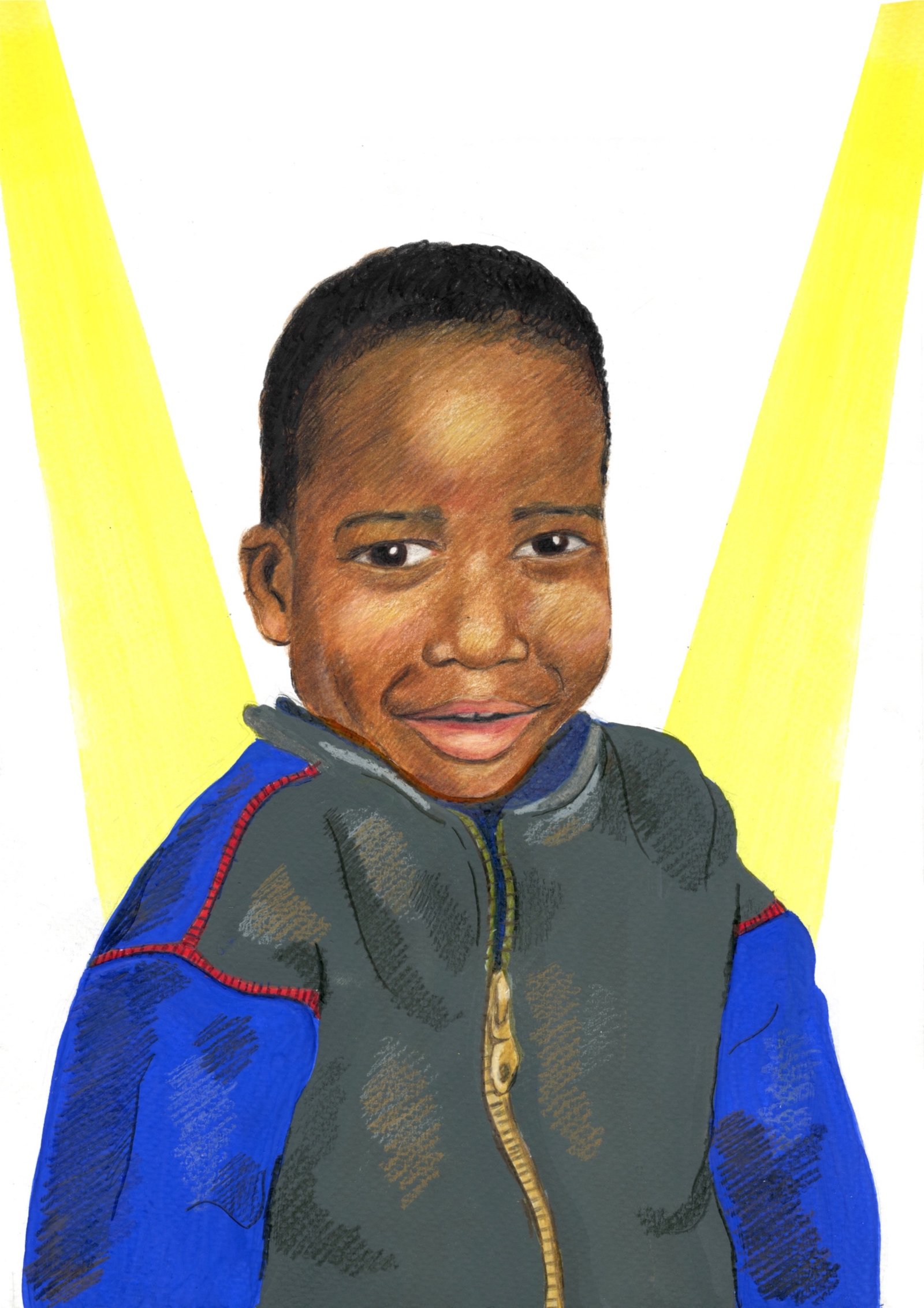
You are all part of an exciting new movement in the direction of redefining children’s literature – what are your hopes for children’s literature in 5 years time?
Javie Huxley: I’m seeing lots of great shifts in children’s literature. Thanks to social media, I’ve been following some amazing illustrators and writers cropping up with a focus on social justice, plus some incredible campaigns. Such as publishers Knights Of, who started the ‘#ReadTheOnePercent’ hashtag and are about to open up an inclusive bookshop called Round Table Books in South London. I’m not going to kid myself and feel this means the inclusivity battle is won. However, I think we are seeing a shift away from standard roots of publishing towards smaller, independent publishers. Also, more people looking into self-publishing or crowdfunding for projects, which is exciting as it has potential to give BAME creators greater agency and allow people to dictate the value of their work.
Khadija Osman: One of the things I’m hoping to achieve with the store is to put a spotlight on the hundreds of diverse titles being put out yearly and the amazing older contributions that are somewhat overlooked but already exist. I want publishers to see that the books will sell and have tons of fans if it can be properly seen by them. Books are a marketing game at the end of the day and I want to give the little guys more of a push.
Eva Wong Nava: Thank you for the encouragement and vision. It’s the first time I’m seeing myself this way as an author – one who is redefining children’s literature – so this is very exciting as well as humbling for me. It definitely adds another layer to my self-identity.
What are my hopes for children’s literature in the next 5 years? I would like to see an increase of mainstream publishers taking on more BAME writers and stories that feature BAME characters but select these authors and stories with care, keeping in mind authenticity and quality. A ticking-the-box mentality would not be a good way to include BAME authors of children’s books. Inclusion has to take into account the effects of globalisation, the power of multiple stories and the importance of quality books for future generations of children. As the world globalizes further and expatriation increases, our children’s sense of displacement, search for identity and their desire for belonging would need to be reflected in the books that they’ll be reading. As we become more aware of otherness and differences, children’s books will need to mirror these and help young readers “normalise” these differences: racial diversity and different needs will be the norm not a category. My hope is that one day, there will be no categories such as “diverse children’s books” or “BAME children’s books” and that all children’s books will just be known as children’s books. (The question I ask students on author visits where I talk about the importance of diversity in children’s literature is this: why are Jacqueline Wilson’s books simply children’s books without an additional label?) When categorisation and labelling cease, all children can just be themselves. Binaries would cease to exist and everyone can just be. Positive Discrimination (both a ying and yang force) would be out of place as writers would just be writers and not labelled or invited to submit their work based on the colour of their skins. I understand the intention of positive discrimination is a good one but the word ‘discrimination’ underlines the very essence of the ill that has led to the need for positive action and any form of discrimination is never good, in my opinion. It is important that we are noticed for the quality of our work rather than the colour of our skins.
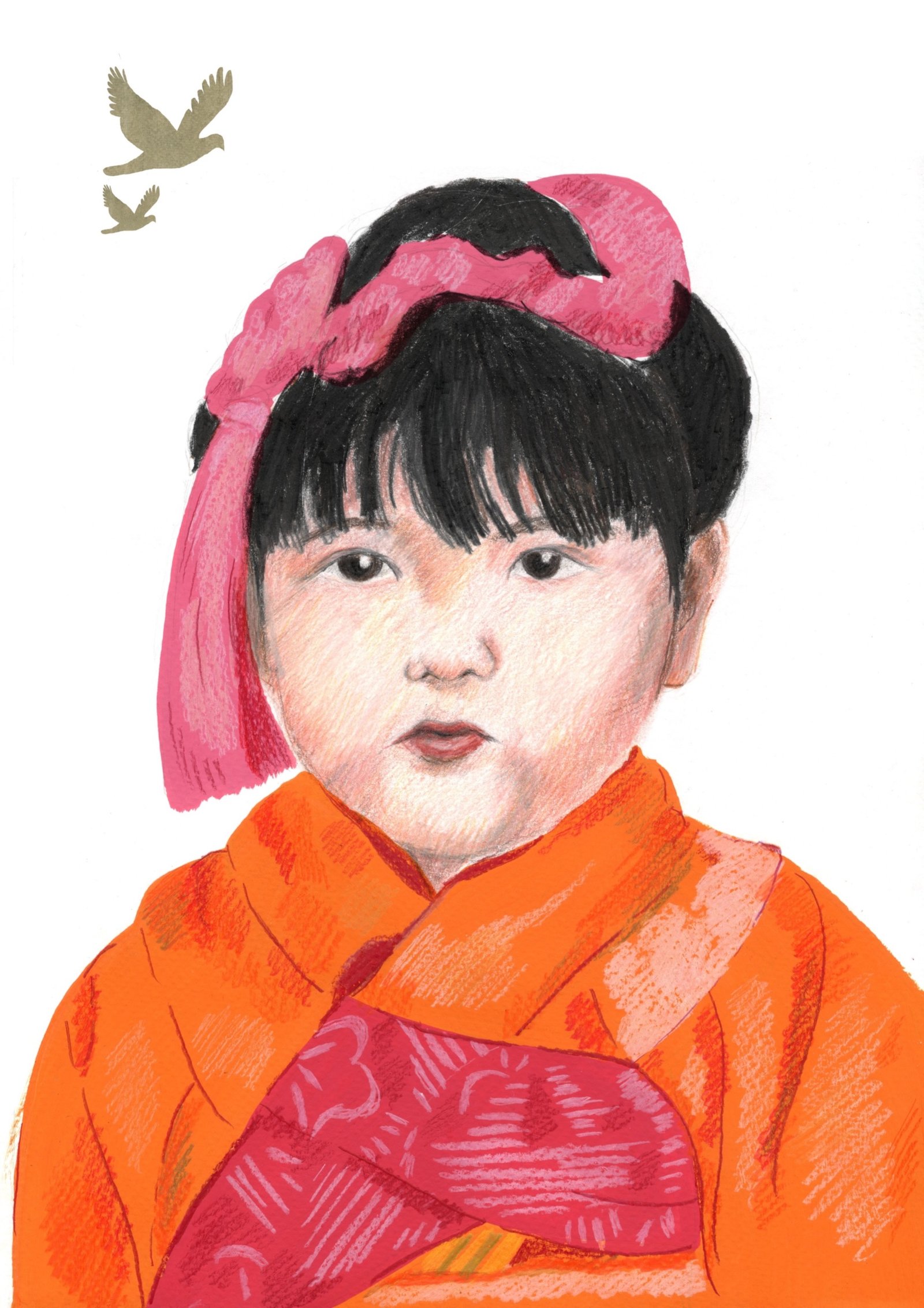
Who are some of your biggest influences in the world of children’s literature at the moment?
Javie Huxley: There’s so much amazing talent out there and I’m constantly in awe of what Is being produced. I carried out tons of research for my picturebook looking into contemporary non-fiction children’s books, such as the Little People, Big Dream series from Lincoln Children’s Books. Plus, Elena Favilli and Francesca Cavallo’s Goodnight Stories for Rebel Girls. However, a massive inspiration for me during my MA was Medeia Cohen’s Hats of Faith illustrated by Sarah Walsh. It was inspiring to find a book so heartfelt and focused on promoting equality using a simple range of portraits.
I’m also big on illustrators such as Manjit Thapp whose illustration so effortlessly lends itself to children’s non-fiction. Also, illustrators such as Ashley Lukashevsky and Phoebe Wahl who are marrying their illustration with social justice so beautifully. I must also mention children’s books subverting gender roles such as Jessica Love’s Julian Is A Mermaid and Jessica Spanyol’s Clive and Rosa board books. A lot of picturebook makers out there fill me with excitement about the future of children’s literature.
Khadija Osman: Booksellers in the UK that I’ve met through starting this or known beforehand have been super helpful and seem genuinely happy to see us open. They’ve pointed me in the direction of books which suit the project and similar stores worldwide. I’m also really in love with the work Block Books is doing, started by Malik Sankara in London. His initiative gives out one hundred free books to young people across the city living in Estates. Getting more books in more hands is always something I can get behind.
Eva Wong Nava: At the moment, I am really into Cynthia Kadohata. Her Newberry Medal winner, kira-kira, charts the journey of a Japanese-American family as they grapple with relocation, illness and discrimination in 1950s America.
Michael Morpurgo has always been a personal favourite. He wrote Flamingo Boy, in 2018 which is a story set in Camargue, South of France, during the Second World War. This story was inspired by his autistic grandson. Morpurgo has said that he never thought about writing a story featuring a character who is autistic because he knows so little about autism until his grandson was born. Flamingo Boy is more than a story about an autistic child, it is a story about how difference can be viewed negatively and how people and children who are different are discriminated against. He chose to set the story in occupied France to show how people who are considered different – Jews, gypsies and autistic children – live with the threat of their different existence.
My second daughter is reading YA author Jenny Han’s series at the moment. Han wrote To All the Boys I’ve Loved Before in which the protagonist is a half-Korean and half-Caucasian girl. I see how my daughter identifies with Lara Jean Song Covey and her love crises. Han’s series is a good example of bi-racial representation in contemporary fiction. I dip into these books every now and then to get a sense of my daughter’s world.
To all this, I would add that America has been way ahead compared to the United Kingdom in terms of diverse books being written and published. Ethnic Minority (Chinese or East Asian) writers writing in English are still a rarity in England, especially in children’s literature, I would say.
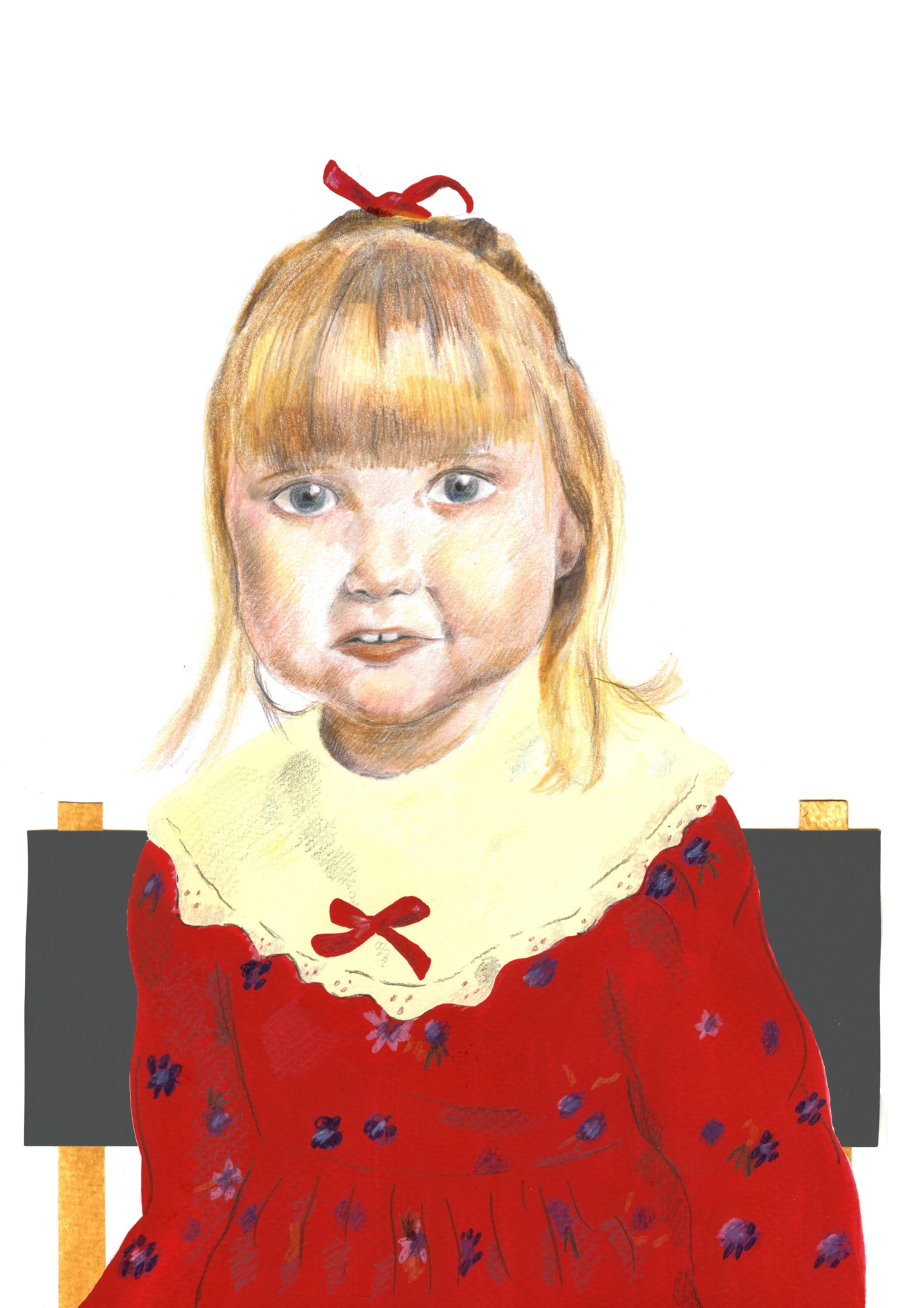
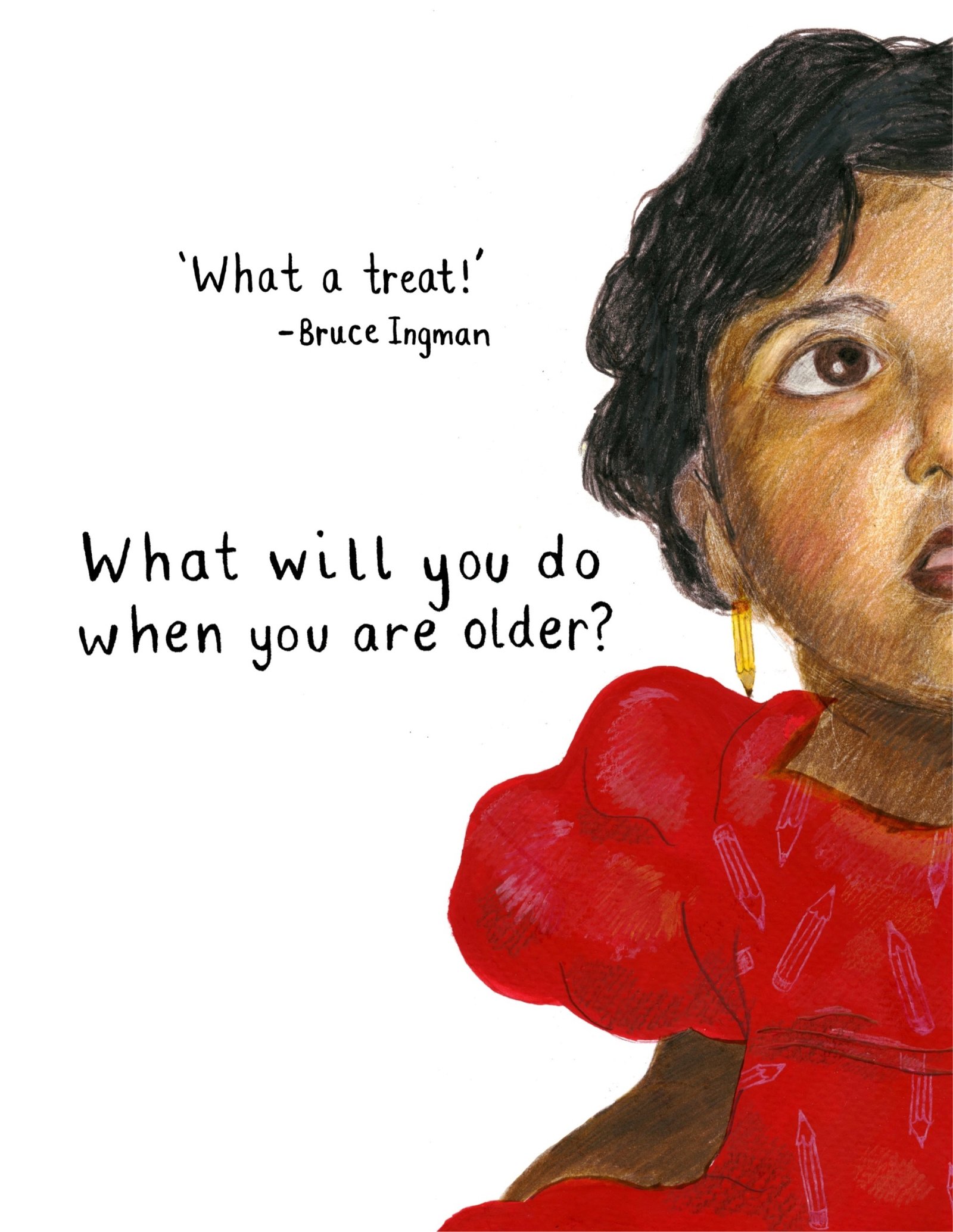
Javie Huxley is is a British-Chilean illustrator based in London. She recently completed a Masters in Children’s Literature & Children’s Illustration at Goldsmiths. Her work mainly explores diversity, identity and social justice.
Instagram @javhux
—————————————————————–
Khadija Osman is a bookseller and poet, as well as an advocate for supporting the arts inclusion of diverse characters, illustrators and authors. She loves comic and children’s fiction because she is, in reality, still a 10 year old girl herself.
instagram @k_o_writing
@roundtablebooks
—————————————————————–
Eva Wong Nava lives between two worlds. She reads voraciously and writes copiously. She writes Flash Fiction for catharsis and is managing editor of CarpeArte Journal where art and stories commingle. She is also an award-winning children’s book author and her children’s stories reflect the diversity in the world we live in. She is an advocate for diversity and believes that all children should be able to see themselves reflected in the pages of books.
Instagram @evawongnava
evawongnava.com
carpearte.wordpress.com
facebook.com/evawongnava/
References: Bishop, R. S. (2012). Reflections on the Development of African American Children’s Literature. In Journal of Children’s Literature, 38 (2) pp.5 -13.




